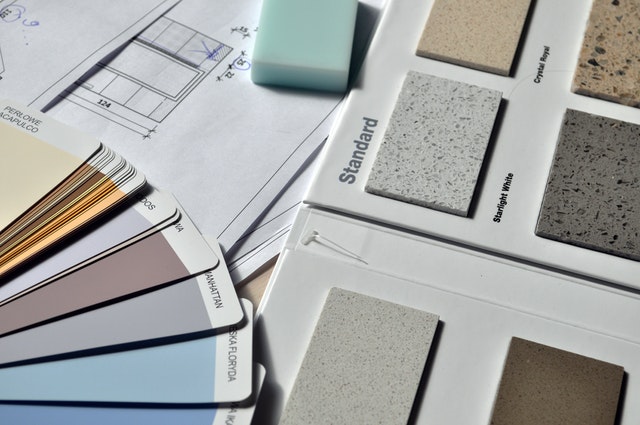Enhance Your Home – Building Equity
 Once you’ve invested in a house, how can you start building its value?
Once you’ve invested in a house, how can you start building its value?
Enhance Your Home – Building Equity
The process of building value in a home is called building equity. Equity represents your home or property’s market value, minus any remaining balance on your mortgage. For instance, if you’re able to offload your home for $450k and you still own $100k in mortgage debt, then you have $350k in equity. Being able to build equity is actually one of the greatest financial benefits of owning a home.
If home values are rising in your local market, your home’s value could increase with the rising tide, which means that you’ll gain more equity without having to do anything at all.
You also have the option of growing the value of your home by diminishing your mortgage debt and by improving the property value of the overall property.
Following are several tips for accomplishing both of these things.
Mortgage Payments
A portion of each mortgage payment pays off the principal of the loan and another portion pays off the loan interest – but the majority of your mortgage payment will go towards loan interest throughout the early years of the loan. An amortization calculator can be used to determine how much money is going to be paid out in interest and in principal throughout the life of your mortgage loan. If the loan principal gets paid down at a rapid rate, your equity will build at a faster rate as well. There are two ways in which this can be done.
Pay more: If you have a mortgage that spans 30-years, increasing your monthly payment or simply paying a bit extra when you have additional money on hand will allow you to gain more equity. If more money is paid, make sure that these additional funds are being put to the loan principal. This is an excellent way to take advantage of a tax refund, an inheritance, or a work bonus.
Pay your mortgage down faster: Try dividing your mortgage payment into two bi-weekly payments which will result in a total of 26. This means that instead of making 12 payments annually, you would be making 13 payments each year so that everything is paid down faster and you gain more equity. Be sure to get this plan approved by your lender first to verify that bi-weekly payments are accepted by this entity. Also, be sure that any additional monies are immediately applied to the loan principal as opposed to waiting for the second of each of these two, half-payments to post. Reputable lending institutions do not charge fees for paying bi-weekly.
Refinance your loan: If your mortgage has a 30-year term, you may want to refinance to get a 15-year loan, which will come with a lower interest rate. This is only a worthwhile decision if you’re able to reduce your interest by no less than 1.5 percent. Also, be sure to factor in all closing costs before finalizing this decision. You should additionally make sure that there are no pre-payment penalties. These are fairly uncommon, but it’s still a good idea to check.
Before using any of these strategies, make sure that this is the best use of your money. If you aren’t maxed on savings accounts that are employer-matched, you may be better off putting your additional funds into your 401k plan instead of using these to pay off your low-interest mortgage. It’s generally best to talk about this with a financial adviser who can assist you in implementing the right investment strategy for your needs and goals.
Also, create an emergency fund so that you have approximately six months of living costs saved up in the event of illness or job loss.
Renovate Your Home Wisely
Smart improvements that add the right home amenities is another effective strategy for increasing the market value of your investment, which will result in more equity.
How can you identify the home improvements that are going to provide the best returns? Although you’ve only recently moved into your new abode, there are a few home improvements that buyers tend to love: attics, bathrooms, kitchen upgrades, entrances, siding and garage doors. Popular features tend to be a bit different in each area and in various home types, so think about the demand in your area.
Stay abreast of new trends and changes in your market when deciding how much you’ll spend on home improvements. The realities of buyer and seller markets will affect the amount of return that you get when selling.
For more information about mortgage payments or renovation ideas, contact us at info@onestophomebuyersLLC.com
References:
https://www.zillow.com/home-buying-guide